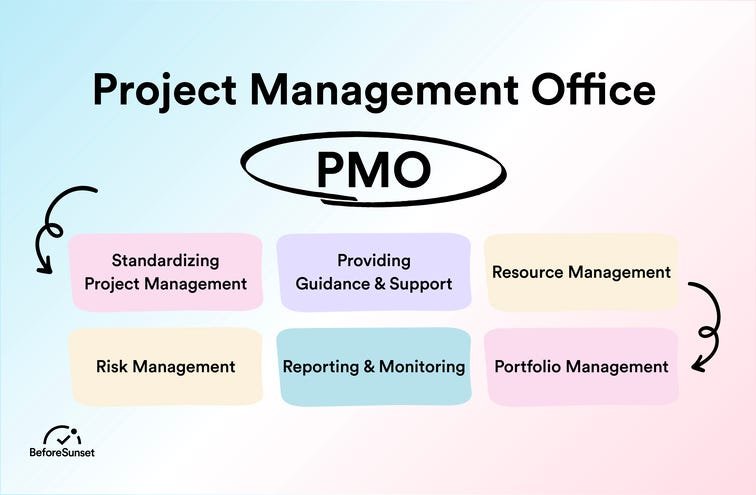How to Make Sense of PMO in Texts
Introduction to PMO (Positive Mental Outlook)
In the fast-paced world of digital communication, every word counts. Texting has become our primary mode of interaction, but it can sometimes lead to misunderstandings and conflicts. Enter PMO—an acronym that stands for Positive Mental Outlook. You might be wondering, what does PMO mean in text? It’s more than just a catchy phrase; it’s a mindset that can transform your conversations and relationships.
Imagine infusing your messages with positivity, making them not only clearer but also more uplifting. A positive mental outlook helps navigate emotional nuances often lost in written words. Whether you’re chatting with friends or discussing serious matters with colleagues, maintaining an optimistic tone is essential for effective communication.
Let’s dive deeper into how you can harness the power of PMO in your texts and make your exchanges more meaningful!
The Importance of PMO in Texting
Positive Mental Outlook (PMO) plays a crucial role in texting. With the absence of tone and body language, messages can easily be misinterpreted. A positive mindset transforms how we craft our texts.
When you approach conversations with PMO, your words reflect kindness and understanding. This attitude encourages open communication, allowing relationships to flourish rather than falter.
Moreover, a text infused with positivity can uplift the recipient’s mood. It sparks joy and connects individuals on an emotional level that mere words alone may not achieve.
In fast-paced digital interactions, maintaining PMO becomes essential for reducing misunderstandings. Consistently optimistic messaging paves the way for healthier dialogues and deeper connections between friends or partners.
Tips for Maintaining a Positive Mental Outlook in Texts
To maintain a positive mental outlook in your texts, start with the right mindset. Approach each conversation as an opportunity to connect.
Use emojis and exclamation points strategically. They can add warmth and convey enthusiasm where words alone might fall flat. A well-placed smiley face can transform a neutral message into something more inviting.
Be mindful of your language choices. Opt for uplifting phrases that reflect positivity and encouragement. Instead of saying “I can’t,” try “I’ll give it my best shot.”
Timing matters too. If you’re feeling overwhelmed, it’s better to wait until you’re in a good frame of mind before crafting important messages.
Practice gratitude by acknowledging the little things others do for you through text. A simple “thank you” or recognition can brighten someone’s day while reinforcing your own positive outlook.
Common Misunderstandings and Conflicts in Texting
Texting can sometimes lead to misunderstandings, especially when tone and emotion are lost in translation. A simple “K” may come off as dismissive, while an enthusiastic emoji could be misinterpreted.
Another common pitfall is the lack of context. Without facial expressions or vocal inflections, messages can easily be taken the wrong way. This ambiguity often fuels unnecessary conflicts.
Ambiguity isn’t the only issue; timing also plays a role. If someone takes too long to reply, it might provoke anxiety or frustration for the sender. They might wonder if they did something wrong.
Also, different texting styles contribute to confusion. Some people prefer brevity with one-word replies, while others express themselves more elaborately. These differences can create friction between individuals who interpret each other’s habits differently.
Recognizing these factors is key to fostering better communication and avoiding potential disputes in conversations via text.
How to Resolve Conflicts and Maintain PMO in Texts
When conflicts arise in texts, staying calm is essential. Take a moment to breathe before responding. A hasty reply often fuels misunderstandings.
Use clear language. Avoid sarcasm or ambiguous phrases that can be misinterpreted. Instead of saying “Whatever,” opt for something more constructive like, “I see your point; let’s discuss it.”
Emojis can help convey tone but use them wisely. A well-placed smiley face might lighten the mood, while an angry emoji could escalate tension.
If things get heated, consider switching to a voice call or video chat. Sometimes hearing each other’s voices helps clarify intentions and emotions better than words alone.
Always aim for empathy. Acknowledge the other person’s feelings and show that you value their perspective—even if you disagree. This approach fosters understanding and keeps the lines of positive communication open.
The Impact of PMO on Relationships
PMO, or Positive Mental Outlook, can significantly shape the dynamics of relationships. When both parties embrace positivity in their communication, it fosters an environment of trust and understanding.
Positive texts reduce misunderstandings. They encourage open dialogue instead of leading to unnecessary conflicts. A simple upbeat message can change someone’s entire day. It shows you care and value the other person’s feelings.
Moreover, PMO creates a ripple effect. When one person maintains a positive tone, it often inspires the other to respond in kind. This mutual exchange strengthens emotional bonds.
Relationships flourish when there is encouragement and support through text messages. Celebrating small victories together enhances connection and intimacy.
Adopting a positive mental outlook transforms how we communicate with loved ones—turning ordinary exchanges into meaningful interactions that nurture lasting relationships.
Conclusion: The Power of Positive Communication Through PMO in Texts
The way we communicate has evolved, especially with the rise of texting. Understanding PMO—Positive Mental Outlook—is essential for fostering healthy, meaningful conversations. When you embrace a positive mindset in your texts, it can enhance clarity and reduce misunderstandings.
By maintaining an optimistic tone, you’re more likely to build stronger connections with those around you. This approach creates a ripple effect that encourages others to mirror your positivity. Misunderstandings often stem from unclear communication or negative interpretations. However, when you prioritize PMO in your messages, conflicts become easier to resolve.
Healthy relationships thrive on effective communication. The impact of PMO extends beyond just text exchanges; it shapes how we perceive each other and fosters mutual respect and understanding. By adopting this practice in your daily interactions, you’ll notice an improvement not only in how you connect with others but also within yourself.
Harnessing the power of positive communication through PMO can lead to richer interactions and deeper bonds with friends, family, or colleagues alike. So next time you’re typing out a message or responding to one, remember: what does pmo mean in text? It’s about cultivating joy and connection through every word shared online.














Post Comment